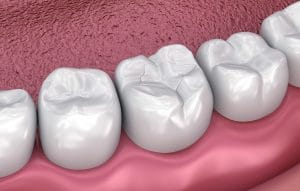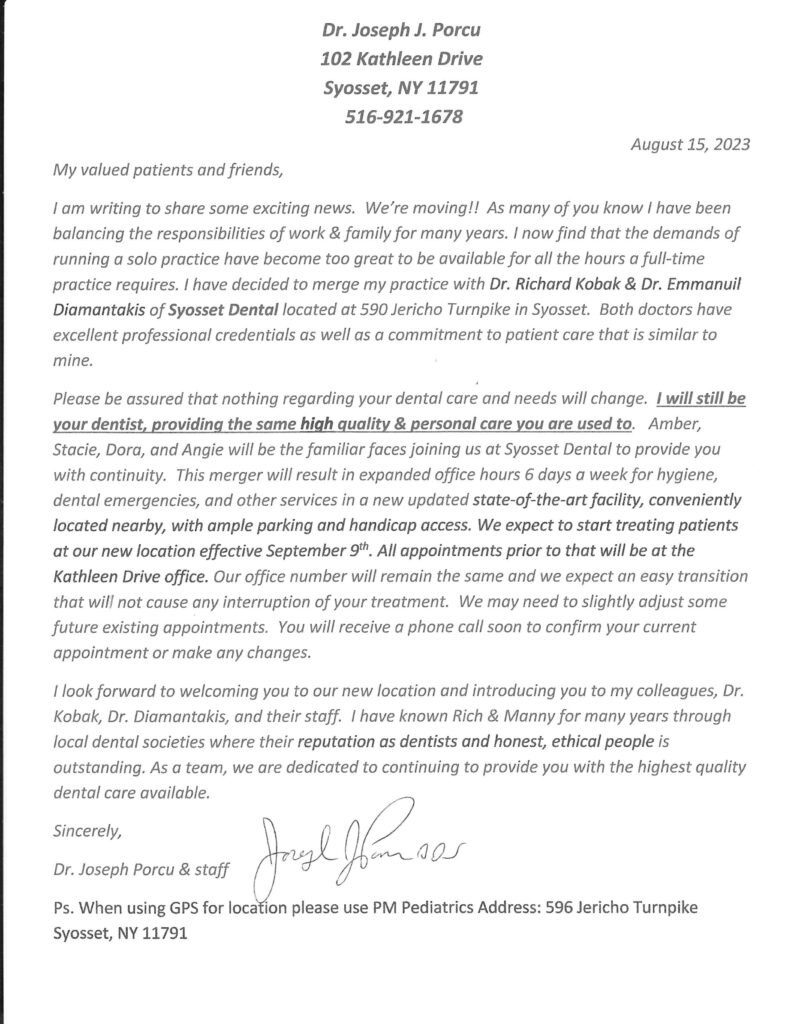 Tooth decay can occur at any stage in your life, and treating it is a common concern for most patients. Yet, exactly how you treat tooth decay depends on several different factors, and the success of your treatment relies heavily on customizing it to address your specific needs. For example, both tooth fillings and root canal treatment are designed to help you address tooth decay and save your healthy, natural tooth structure. However, one can help you stop mild to moderate decay from growing worse, while the other is designed to save your tooth when it’s in the grips of much more severe decay.
Tooth decay can occur at any stage in your life, and treating it is a common concern for most patients. Yet, exactly how you treat tooth decay depends on several different factors, and the success of your treatment relies heavily on customizing it to address your specific needs. For example, both tooth fillings and root canal treatment are designed to help you address tooth decay and save your healthy, natural tooth structure. However, one can help you stop mild to moderate decay from growing worse, while the other is designed to save your tooth when it’s in the grips of much more severe decay.
The decay that grows worse with time
When a tooth is decaying, that means an infection has developed in its structure and is continuously growing worse. The infection is caused by harmful oral bacteria that are found in the dental plaque and tartar that cling to your teeth. After weakening your tooth enamel, these bacteria can reach your more sensitive main tooth structure, called dentin, and lead to decay. In its earliest stages, a cavity will form in your tooth structure, and it will grow larger the more serious your tooth decay becomes. When restoring your tooth, your treatment will depend on how much of your tooth’s structure has decayed, and whether or not it’s surpassed the tooth’s main body of dentin.
Treating a cavity with a tooth-colored filling
Tooth fillings are the most frequently recommended treatment for tooth decay, and are designed to fill the cavity that decay has left in your tooth structure. Made from tooth-colored, biocompatible resin, modern tooth fillings are made to conform to the shape of the cavity and bond securely to the tooth’s structure, creating a lifelike and durable restoration for the structure that the tooth has lost. The filling is placed after your dentist thoroughly cleans the cavity to remove any harmful bacteria and infected tooth structure. Once placed, the filling will protect the structure that has been exposed by the cavity, as well as restore the tooth’s overall health, strength, integrity, and appearance.
Treating severe decay with root canal therapy
The dentin that makes up the main part of your tooth structure also protects the highly vulnerable nerves, blood vessels, and other soft tissues of your tooth. Located in the pulp chamber of your tooth, which is connected to the root, these tissues can become highly susceptible to infection if your tooth decay becomes severe enough, and the symptoms can often become intense. If this occurs, you may require root canal therapy to effectively remove the infection from within the pulp chamber and the root canal that connects to it. This will save what remains of your healthy, natural tooth structure and prevent the infection from possibly spreading beyond the tooth’s root canal.
Learn what treatment is best for your tooth decay
Whether you need a tooth filling or root canal therapy to treat your tooth decay depends largely on the severity of your condition. To find out with treatment is best for you, schedule a visit by calling Syosset Dental in Syosset, NY, today at 516-433-2211 or 516-921-1678.











